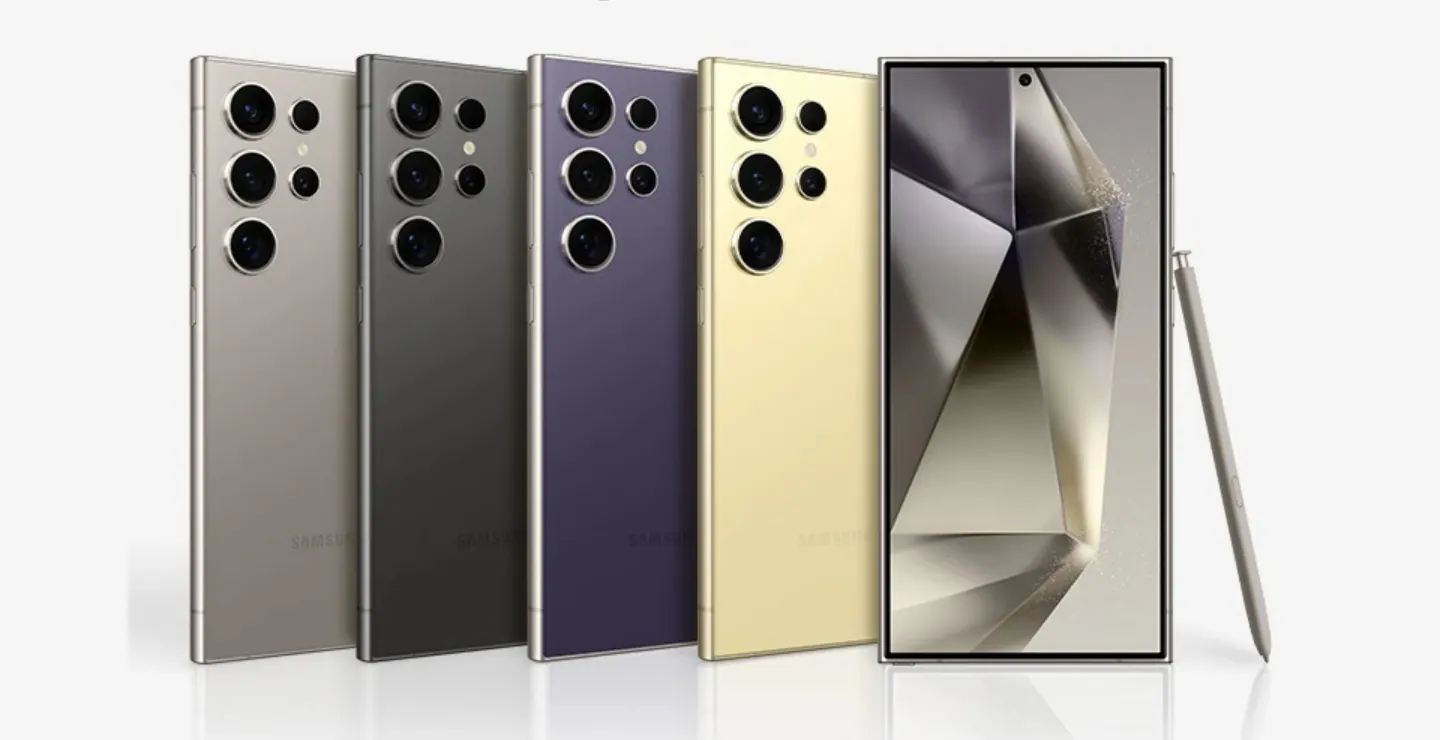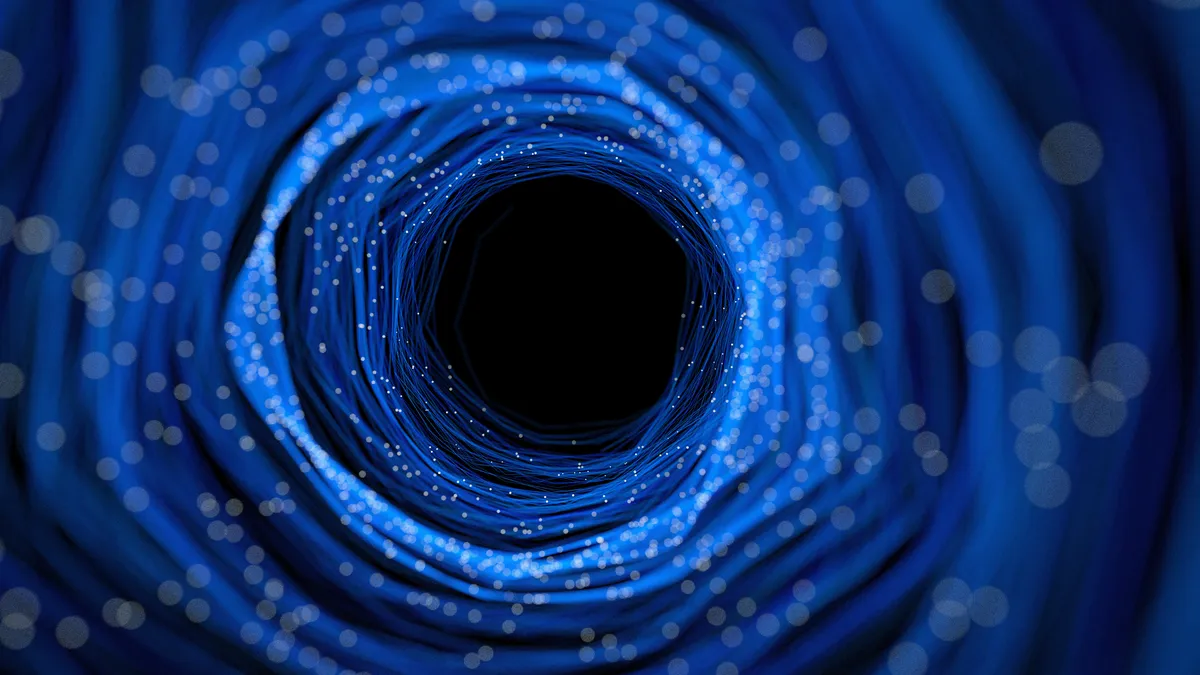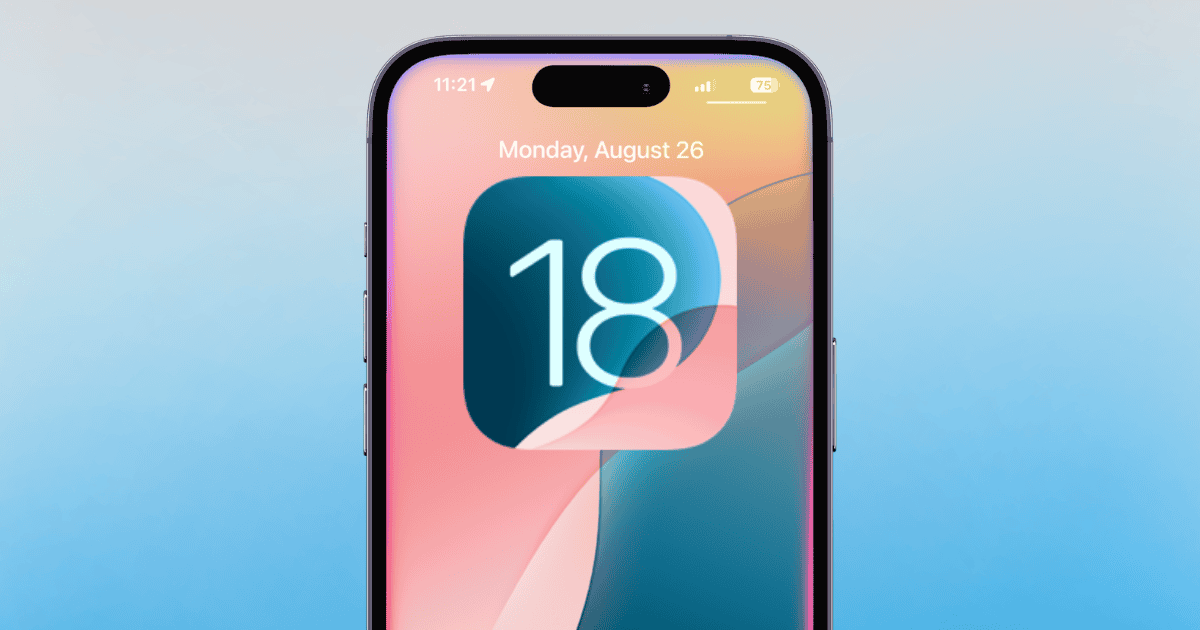More than 1,000 scientists from different parts of the world have observed gravitational waves for the second time. The first gravitational wave was detected in September 2015. Both of them was part of the International Interferometer Gravitational-Wave Observatory (LIGO) project.
The second gravitational wave was the result of the merger of two black holes, which collided around 1.4 billion years ago. The masses of the black holes were 14 and eight times than that of the Sun.
The twin LIGO detectors located in Livingston, Louisiana, and Hanford, Washington detected the second gravitational wave. The ANU scientists also collaborated with this project to develop some of the most crucial technologies used in the LIGO that made the first detection in the United States.
The gravitational wave has not only detected tiny ripples in time and space but also carries information about their origins and gravity that would otherwise be impossible to attain. The researchers believe that gravitational wave exists and also carries an altogether new story of the universe.
Talking about this latest development Gabriela Gonzalez, LIGO Scientific Collaboration spokesperson, and Professor at Lousiana State University said,
Even though these black holes are less massive and lighter mass in comparison to that of the first one. It makes it easier to know the correct population of black holes in our universe.
The merger that took place 1.4 billion years ago produced energy equivalent to the mass of the sun, which was converted into a gravitational wave. But before the two black holes merged, signals were obtained from the last 27 orbits of the black hole.
The first gravitational wave which was detected last year was the biggest milestone in gravity. As it confirmed that Albert Einstein’s 1915 General Theory of Relativity where he equated gravity to distortions of time and space caused by the presence of masses. This recent discovery has been published in the journal Physical Review Letters.















